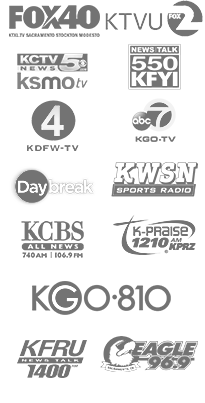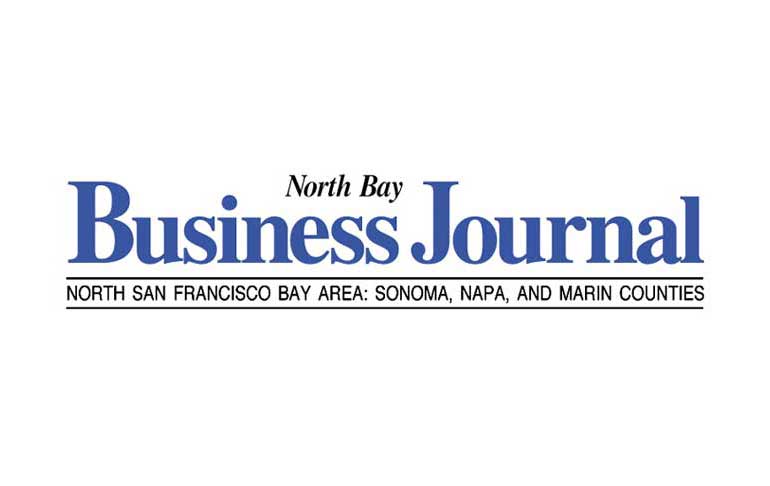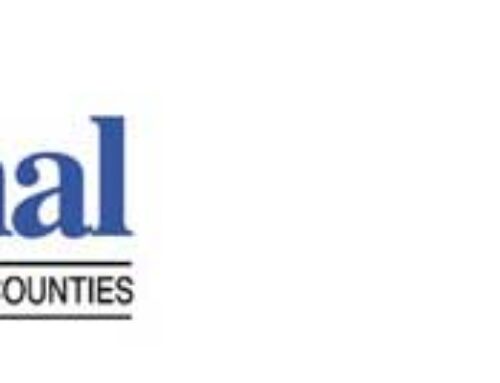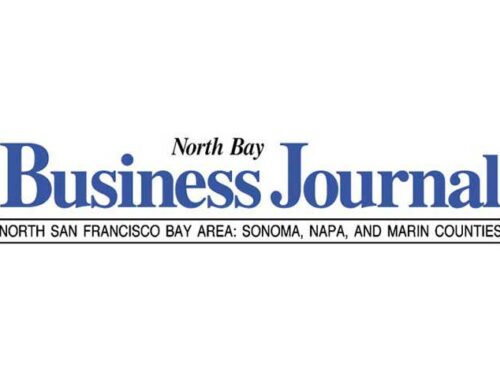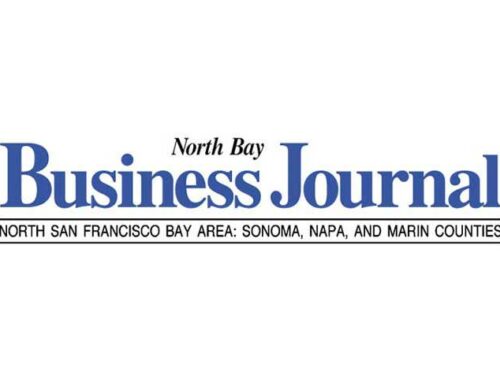North Bay Business Journal
BY GLORIA DUNN VIOLIN
Wearable devices are trending in the workplace. Fitbits, heart monitors and smart watches started this growing movement just a few years ago. Today they are among the plethora of accessories used to benefit workers and their employers by monitoring everything from health and safety to productivity.
“These self-tracking devices are used to acquire biological, physical, behavioral, and environmental information. They can detect location, temperature, and even mood data in addition to tracking heart rate and the number of steps taken. All of this data can provide employers with a clear picture of their workers’ health, and give employees ideas on how to modify behavior and lifestyle choices outside of work to improve performance,” reports Nate Walkingshaw in HR Today.
The wearable technology market is worth over $30 billion and growing as many companies encourage staff to use fitness trackers and other devices as part of employee wellbeing programs. Some companies are even experimenting with using wearables to improve the way employees perform their jobs.
A researcher on wearable tech told BizTech magazine that employers tap into the data to boost worker performance:
“Businesses are looking to technology to measure workers’ activities, and to create a more productive and efficient workforce,” says Dr. Phoebe Moore, a senior lecturer at Middlesex University in London, “who has done extensive research on the subject.”
“The growing initiative, called the ‘quantified self at work’ or the ‘quantified workplace,’ comes in many forms, says Moore. “In some cases, businesses equip employees with wearable technology— [miniature electronics worn under, with or on top of clothing]—that track their movements and speech patterns. Through data analysis, employers then look for trends and make adjustments aimed at boosting performance—[for example] by redesigning office spaces to encourage communication and collaboration.” (“Want to Improve Employee Productivity? Wearables Could Be the Answer” by Wylie Wong, Feb. 10, 2017)
Wearable technologies could provide new tools for employers to use to help them keep an aging workforce.
One example is Lee Co., a Nashville-based building-maintenance business, according to Forbesmagazine.
“We don’t have the [experienced] technicians we once had, the brain trust we need,” writes Erin Griffith in Fortune Magazine. “Equally problematic,” he adds, “is that workers nearing retirement aren’t always suited to climb up to a roof where mechanical equipment is often stored.
That’s why Perko is building a central command center to preserve his company’s institutional knowledge. The idea? Assemble that brain trust of gray-haired experts to help, with the aid of technology, less experienced employees in the field. The younger workers wear special safety glasses equipped with a camera, microphone, speaker, detachable flash drive, and wireless antenna. Through a Bluetooth connection to their phone, the fieldworkers transmit a live video feed of their actions back to the command center. A veteran watches and gives further instruction.
… Problems get fixed faster, the younger workers learn faster…. (“Wearable Technology: ‘Search: How do I punch this rivet hole?’” by Erin Griffith, Oct. 9, 2014)
Having computers literally close at hand is a boon to employees in the field, according to internet of things news site PTC.
“Wearables have the most immediate applicability to field-based workers, especially those that work for utilities, communications service providers, capital equipment, or even traveling healthcare workers,” says Mike Karlskind, vice president of product marketing for ClickSoftware field employees. (“Wearable Tech Increases Productivity & Safety for Mobile Workers,” Jerry Fireman, Dec. 19, 2014)
At the same time, new applications for wearable technology are being designed for broader use. One example is in medical settings where doctors spend much of their time recording data using a clipboard or iPad. With smart glasses they can use voice commands to enter the data and give patients more time and attention.
But will employees welcome the adoption of wearable technology in the workplace? A study by the Workforce Institute at Kronos surveyed more than 9,000 people across eight countries to gauge their feelings on the rise of wearable technology – particularly within the workplace. They found that 73 per cent of respondents thought that wearable technology could benefit the workplace through efficiency, productivity and safety.
Although wearables have great advantages for both employers and staff, they can also be perceived by some employees as an invasion of privacy. But personal data can be protected and anonymous at the corporate level if employers collect data through an aggregation tool, which combines data from multiple sources into one place. Employers also need to communicate their reasons for using wearables, and demonstrate that employee confidentiality will be observed.
Are wearables in your company’s future?
The New Retirement: A Paradigm Shift (NorthBayBusinessJournal.com/NewRetirement) is a recurring column by Gloria Dunn-Violin (415-259-7090, havingalifenow.com, [email protected]). She is a professional speaker, seminar leader, and business consultant through her company, HAVING A LIFE After Making a Living. She has over 25 years experience in organizational behavior and development as a trainer, facilitator, consultant and coach. She also advises financial, insurance, and other businesses on how to provide their clients and employees with meaningful advice about aging and retirement.

